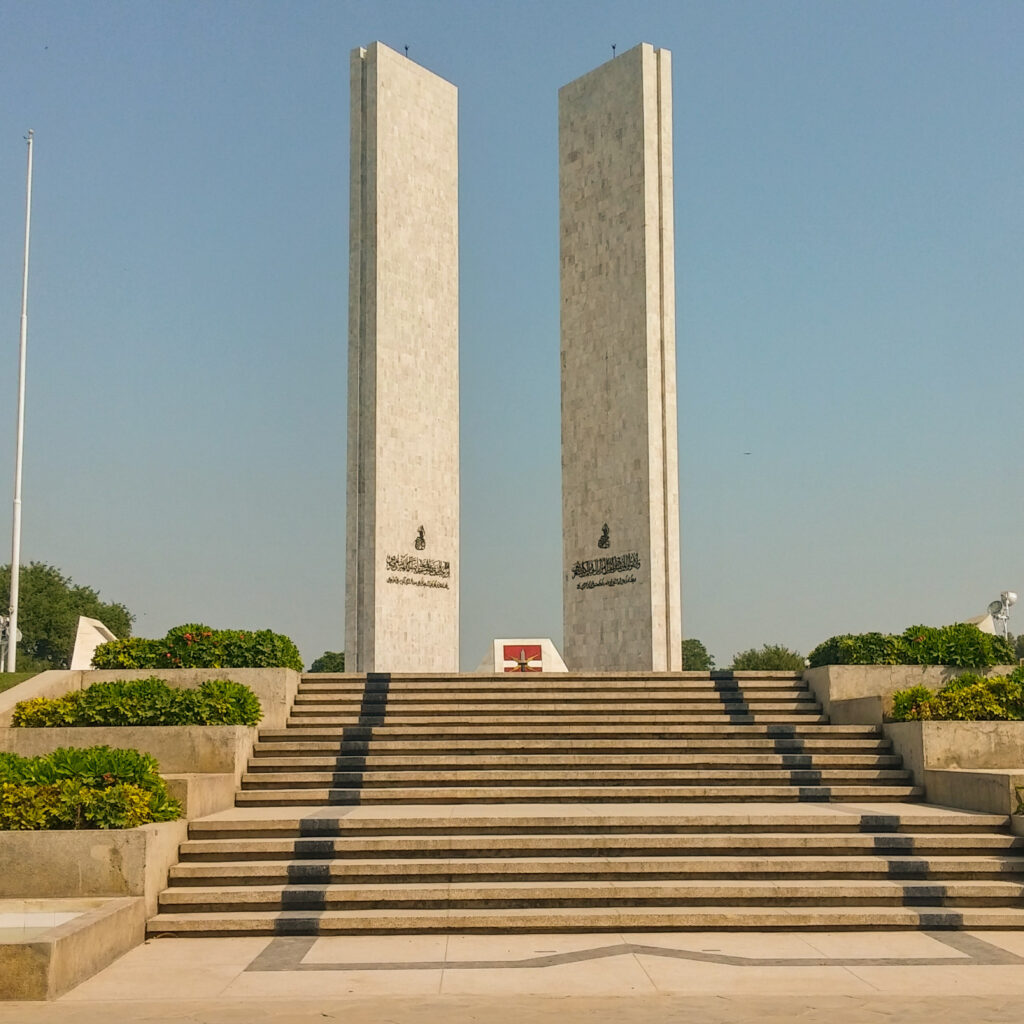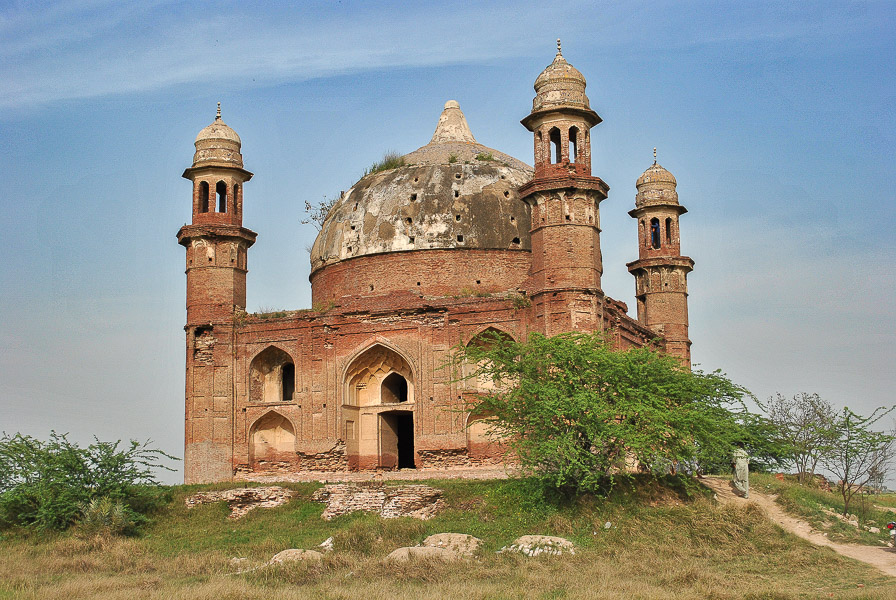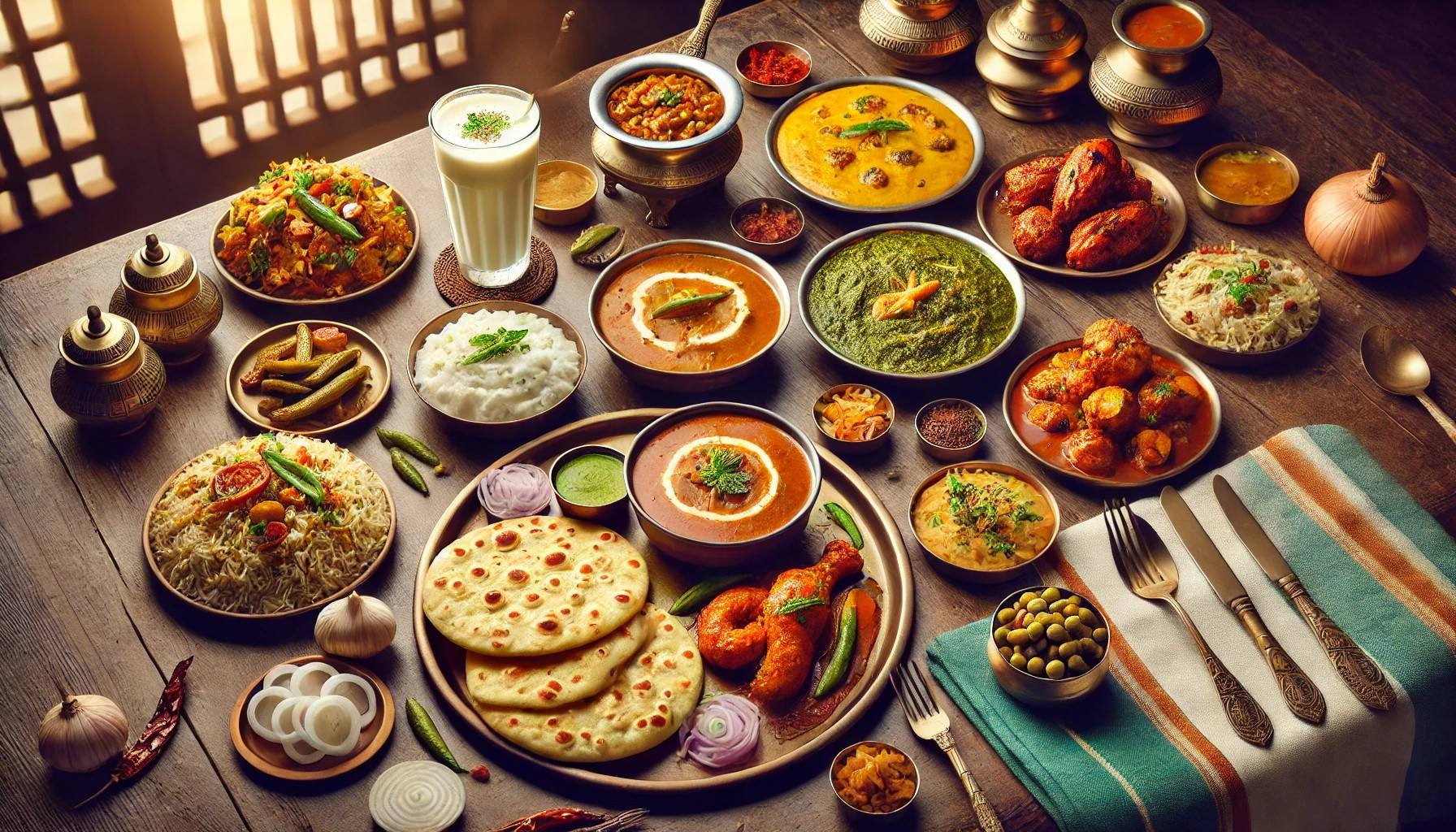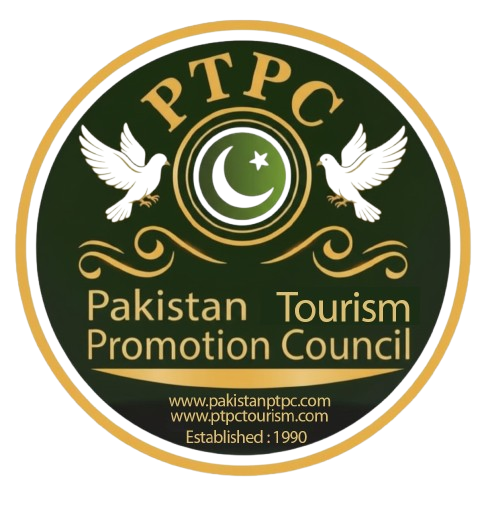Gujranwala
Introduction: The Fascinating History of Gujranwala
Gujranwala, one of the largest industrial and cultural cities of Punjab, Pakistan, is renowned for its rich past, vibrant traditions, and economic strength. The city is often called the “City of Wrestlers” due to its deep association with traditional wrestling, or kushti, but its history goes far beyond sports. The fascinating story of Gujranwala history reflects centuries of cultural exchange, conquests, trade, and resilience.
From being a small village in the Mughal period to becoming a hub of the Sikh Empire and later a major industrial city in modern Pakistan, Gujranwala has always played a central role in the region’s development. To explore more cultural and historical journeys across Pakistan, visit Pakistan PTPC for detailed travel guides.
Early Origins of Gujranwala
The origins of Gujranwala can be traced back to small settlements that existed during the Mughal period. Historical accounts suggest that Gujranwala started as a modest village, but due to its fertile land and central location, it quickly developed into a thriving settlement.
The fertile plains around the Ravi and Chenab rivers supported agriculture, while its position on trade routes connected it with Lahore, Sialkot, and Multan. These early foundations set the stage for the city’s later importance in South Asian history.


Gujranwala During the Mughal Era
Under Mughal rule, Gujranwala began to gain importance as agriculture flourished in the Punjab plains. The Mughal administration encouraged trade and supported farming communities, which made Gujranwala an attractive place for settlers.
Although it remained relatively modest compared to Lahore, the seeds of its growth were planted in this period. Small bazaars, mosques, and settlements began to take shape, creating the early structure of the city.
Rise of Gujranwala in the Sikh Era
One of the most significant chapters of Gujranwala history began in the 18th century when it became the birthplace of Maharaja Ranjit Singh, the founder of the Sikh Empire. Born in 1780, Ranjit Singh transformed Gujranwala from a modest town into the power center of the Sikh Confederacy.
The city served as the capital of the Sukerchakia Misl before Lahore was declared the empire’s capital. During this period, Gujranwala developed into a strong military and political base. The Sikh rulers fortified the city and promoted trade, arts, and culture, elevating its status in the region.
Gujranwala Under British Rule
After the decline of the Sikh Empire in 1849, Gujranwala came under British control. The colonial administration restructured the city, introduced railways, and expanded agricultural projects.
While Lahore became the central hub under British Punjab, Gujranwala remained significant as an agricultural and trading center. The British also invested in education and infrastructure, further modernizing the city.
Gujranwala’s Role in the Independence Movement
The people of Gujranwala played a strong role in the Pakistan Movement. The city became a hub for political mobilization and witnessed several rallies and gatherings in support of Quaid-e-Azam Muhammad Ali Jinnah’s vision.
Its residents actively participated in the struggle for independence, contributing to the establishment of Pakistan in 1947. This chapter in Gujranwala history reflects the patriotism and resilience of its people.
Cultural Identity of Gujranwala
Gujranwala is often celebrated for its rich cultural traditions. The city is famous for:
- Wrestling (Kushti) – Producing world-class wrestlers known internationally.
- Food Culture – Renowned for delicious Punjabi cuisine, especially tikka, karahi, and naan.
- Punjabi Traditions – Festivals, music, and folk dances enrich the city’s identity.
The cultural pride of Gujranwala makes it stand out as one of the most dynamic cities in Punjab.

Famous Personalities from Gujranwala
Throughout history, Gujranwala has produced influential personalities, including:
- Maharaja Ranjit Singh – The Lion of Punjab and founder of the Sikh Empire.
- Modern wrestlers and sportsmen – Representing Pakistan on international stages.
- Political leaders and businessmen – Contributing to Pakistan’s growth.
These figures highlight the city’s talent, resilience, and impact on national progress.
Landmarks and Attractions in Gujranwala
While primarily an industrial hub, Gujranwala also has several historical and cultural attractions:
- Mausoleum of Maharaja Ranjit Singh (nearby Lahore) – Connected with Gujranwala’s heritage.
- Old Fort ruins – Remnants of the Sikh era.
- Local Bazaars – Famous for food, clothing, and handicrafts.
- Modern parks and food streets – Reflecting the lively lifestyle of the city.
Travelers who wish to explore more about Gujranwala and other cities can find resources at Pakistan PTPC.
Why Gujranwala Matters
The fascinating history of Gujranwala shows how a small village grew into a powerful capital during the Sikh era and eventually became one of Pakistan’s industrial giants. Its story reflects the struggles, resilience, and achievements of the people who shaped it.
Exploring Gujranwala history is not just about the past but also about understanding its role in shaping modern Pakistan. For detailed guides on Gujranwala and other historic cities, visit Pakistan PTPC.
